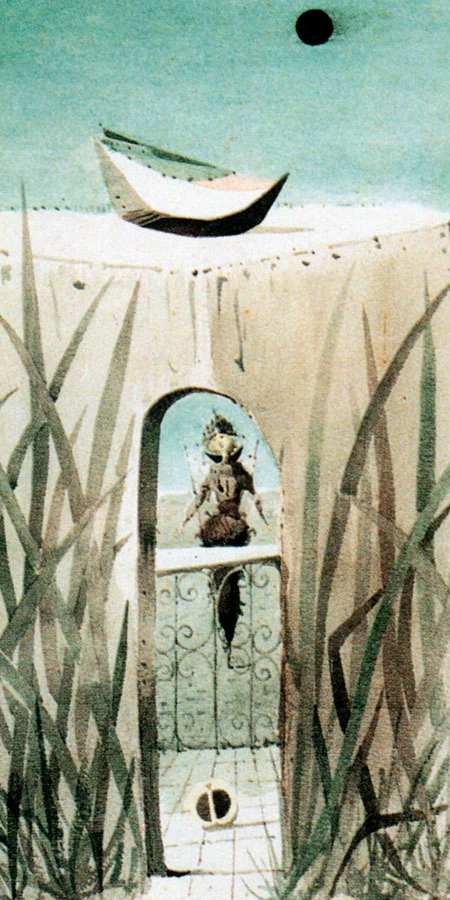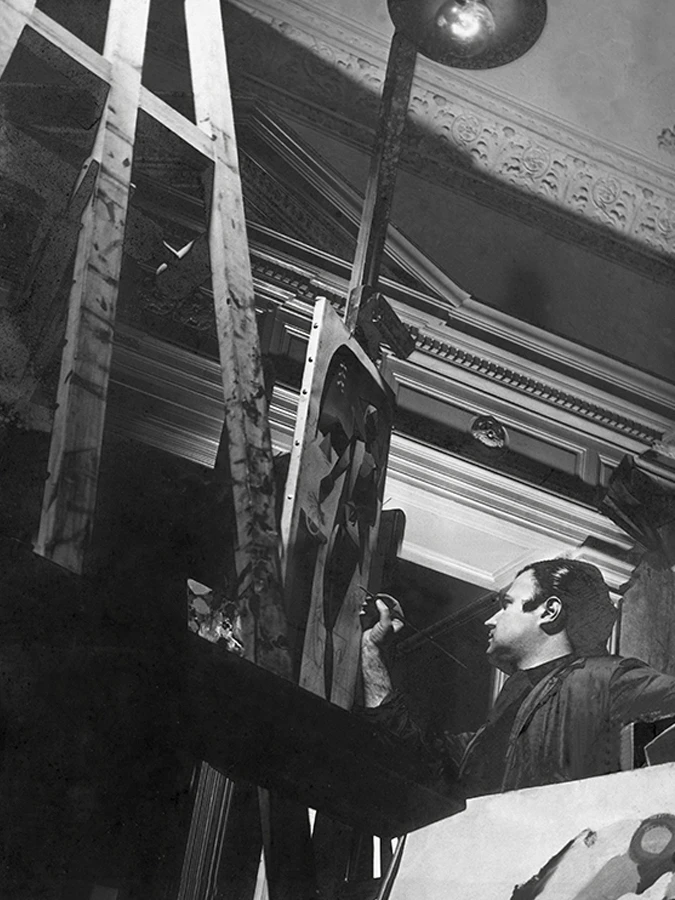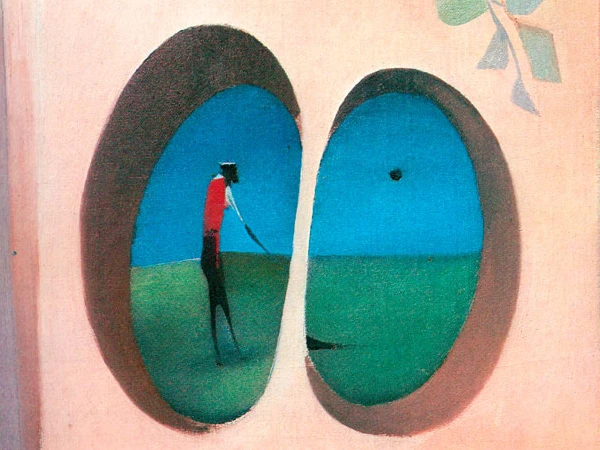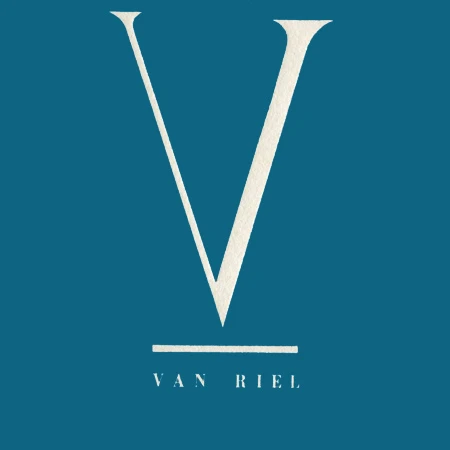
1950-1955
1951. He exhibited El Poliedro Hermético (The Hermetic Polyhedron), the first work with a figure he would investigate in his later painting and art in general.
He became interested in Gestalt theory.
1953. He gave classes in the psychology of form.
1954. He exhibited polychrome carved wood sculptures.
1955-1960
1956. He took part in the show Tre Pittori Argentini held at Selecta gallery in Rome.
He exhibited thirty works on Desargues’s theorem.
He studied the thinking of C. Jung and W. Reich and incorporated an understanding of the subject’s energy into his art.
1958. He took part in the XXIX International Venice Biennale.
1959. A retrospective of his work was held at the Museo Nacional de Bellas Artes, directed by J. Romero Brest at the time; the show included 106 pieces.
His painting became more and more abstract even as he began working on a series of still lifes.
Batlle Planas
or Freedom in Art
AP-EA: Do you believe that surrealist painting holds artistic freedom?
JBP: I must confess that I find that formulation disorienting, even ideologically manipulative. Because there is so much nonsense in how freedom is reeled in, I have always felt that speculations about it are ultimately commercial. It’s commonplace for culture to see freedom as something that should be exercised and experienced… So often struggles for freedom are in the end against freedom! Surrealists have had a lot of helpful—if painful—experiences along these lines. I think freedom is a prejudice. I prefer the word civilization. Surrealism has its dogmas and principles. It has a measuring stick, a canon, and it is a system that tends to accept the real as dictated by thought—and that is not freedom on its own terms.
Pizarnik, Alejandra and Azcona, Elizabeth. (1957) Interview “Batlle Planas or Freedom in Art”, El Hogar magazine Nº 2483.

Juan Batlle Planas
Painting and Consciousness
“…In beholding this remarkable—and terrible—series of oil paintings by Batlle Planas, we experience how a playful framework transcends human testimony. You will say countless elements of meditation and, of course, countless forms seem to surface from a catastrophe. Years of silent struggle, and also of faith in art, have forged a specific universe of expression, of almost tactile states, where the soul of the artist—and often of the one who beholds the work—is tangible”.
Barbieri, Vicente (1955) “Juan Batlle Planas: Painting and Consciousness”, Exhibition catalogue Bonino Gallery.

…Aventura en lo abstracto puro
“Thanks to their combination of the figurative and the abstract, as well as their classic imagery, Batlle’s paintings have a range of visual effects. At the same time, his work evidences a tighter and tighter relationship to monumental painting and its point of view. That is clear in his extreme synthesis of form and the planes that are strikingly set apart by a generally simple color, with no complications of shade or materials.
… This painter, who according to local identity documents goes by the name of Juan Batlle Planas, is a painter of worlds, that is, he is one of the few who puts his whole self on the line in the never-complete adventure of art”.
Rodríguez, Ernesto B.(1957) Ars magazine.

“
An ocean of unlikely gestures, a precarious, delicate, and endless vocabulary of interminable shapes and colors, of texts so visual they reject any reference that doesn’t capture them. Powerful but oblique allusions intelligible to any art connoisseur or art lover, a resounding invitation to share a shape and many secrets with anyone who can still look candidly at the marks that a tireless worker, ...








